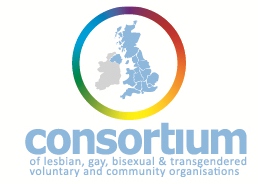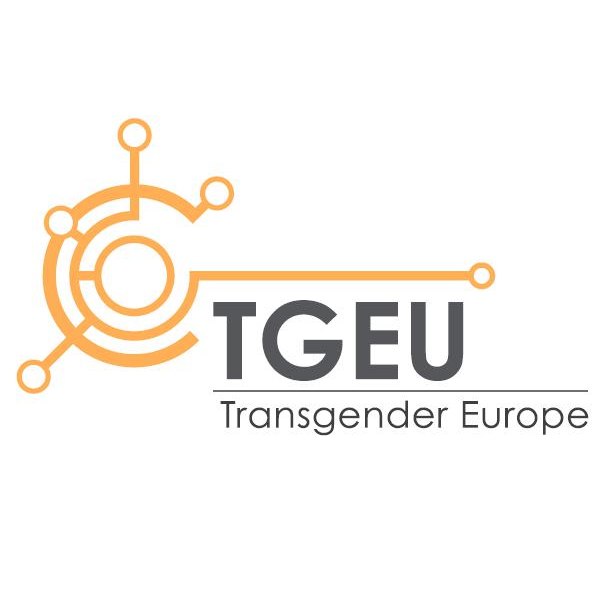The Gender Reassignment Protocol for NHS patients in Scotland.
Extract from attached letter
Summary
This letter is to provide Boards with the Gender Reassignment Protocol for Scotland. The protocol incorporates recommendations from the 7th edition of The World Professional Association for Transgender Health (WPATH) Standards of Care, September 2011. The protocol sets out those procedures which may be provided on the NHS; procedures exclusive to gender reassignment should be accessed via this protocol. All other procedures not exclusive to gender reassignment should be accessed via The Adult Exceptional Aesthetic Referral protocol, and are provided on the basis that there is clear evidence of benefit to the patient.
Background
Following an assessment of guidance and provision of services pertaining to Gender Reassignment, it was agreed to develop and implement a specific ‘Gender Reassignment Protocol.’
- The Gender Reassignment Working Group held its first meeting in February 2011 and membership consisted of clinicians, members of the transgender community, representatives from the Scottish Government, National Services Division and a lay person with an interest in transgender issues. The working group was co-ordinated by NHS Health Scotland.
- In order to ensure collaborative working and patient focused holistic care, community engagement groups were held across Scotland and feedback from the participants helped inform the detail of the protocol. Throughout the duration of the working group, engagement was maintained with senior NHS managers and a specialist clinical psychologist attached to one of the plastic surgery centres.
- For procedures not exclusive to gender reassignment, the working group agreed that a specialist panel, including gender specialists and surgeons should evaluate each case collaboratively to reach agreement on the most effective treatment. To ensure equity, these procedures should be accessed via The Adult Exceptional Aesthetic Referral protocol. Patients could be represented by their gender specialist. The evaluation should take place without undue delay and in a place and manner supportive to the patient.
- For procedures exclusive to gender reassignment, arrangements for delivering agreed procedures are under review with the objective of ensuring that an effective, equitable and sustainable service is implemented.
- The protocol is intended to be flexible for each transgender patient. Each patient’s request for assessment and treatment will be considered, in conjunction with their clinician(s), to meet their individual needs.
Actions to Promote Success
NHS Boards should now work to ensure that services are provided in keeping with the protocol. Multi-disciplinary collaboration should help to ensure equity of access and clinical effectiveness for all patients accessing Gender Reassignment and the Adult Exceptional Aesthetic Referral procedures. The protocol should be fully communicated throughout each Board area to relevant staff and patient groups. An implementation plan will be agreed with each NHS Board.
Services should be provided in an equitable, effective, patient focussed and timely manner. A formal audit of the protocol will be established within 3 months of the date of this CEL and will run for 12 months, with a report produced on the effectiveness of the protocol. The audit will include patient experience feed-back. The effective, equitable and timely working of the Adult Exceptional Aesthetic Referral Protocol within the Gender Reassignment Protocol will be reviewed as part of this audit.









